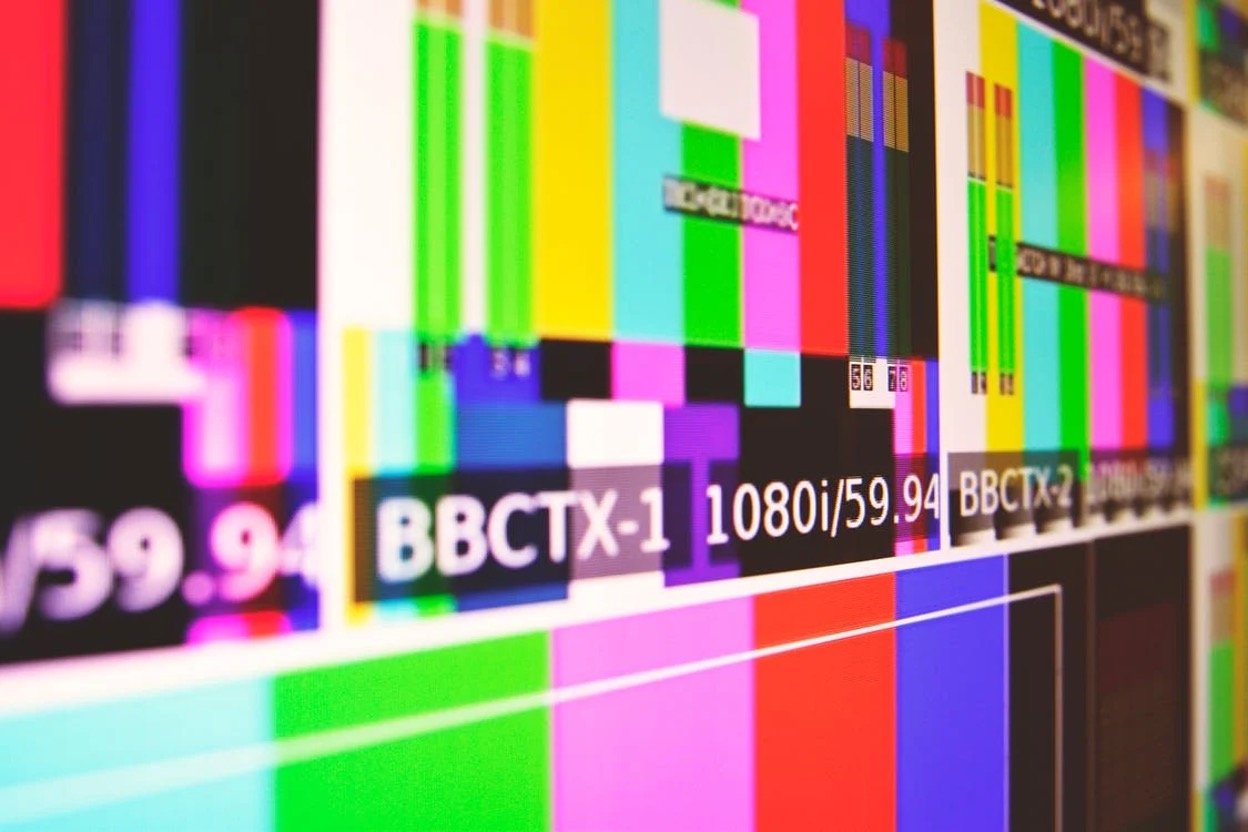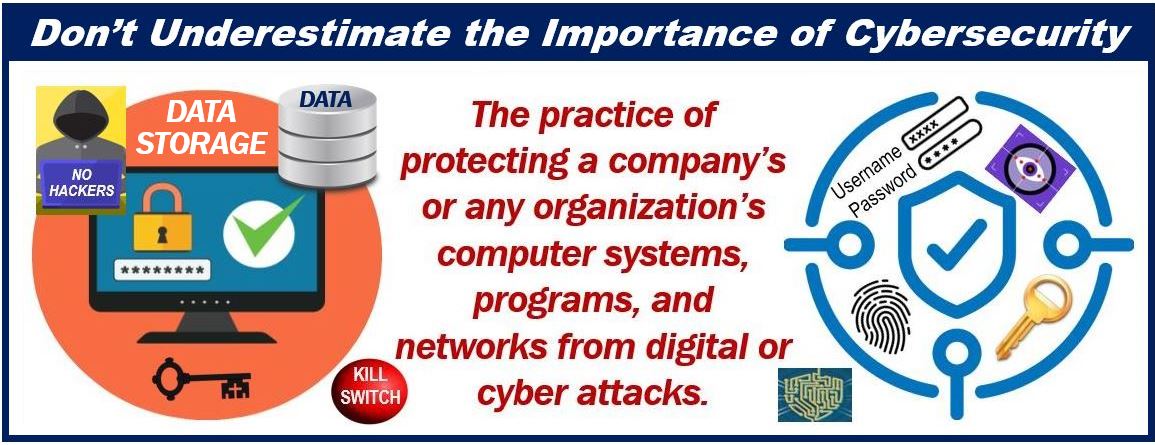It is becoming increasingly difficult to remain relevant in the broadcasting industry due to the massive audience shift from television to digital. Nonetheless, relevance is crucial for the long-term viability of the industry. The new trends are determined by the desire to create quality media.

The broadcasting industry has had to evolve rapidly to keep up with the shifts in the audience and adapt to the new reality. The new trends are aimed at delivering accurate and in date updates. Here are a few trends that are shaping the broadcasting industry:
AI Technology
AI technology has effectively automated processes that do not require human involvement. It helps deal with the pressure on the media company when dealing with issues such as streaming wars, content fatigue, and production budget increases.
AI-powered indexing and searching help editors cut down on time spent having to sift through hours of footage to find the right clip to use.
It is possible to configure the database to meet the technical video standards for various devices. It is also easier to improve and optimize the transcoding and captioning.
The technology has led to a better digital viewing experience for the audience. It is highly effective in providing human-created content without hiring more employees. Companies can minimize broadcasting costs.
Over The Top (OTT) Technology
Over The Top (OTT) Technology has taken over broadcasting digitization and has facilitated the implementation of a new content delivery system.
It is the future of broadcasting and effectively creates a close connection with users in all apps. It is now easier for individuals to receive news and content in their favorite apps.
Reports have indicated that users consume much TV-type content on OTT platforms. It is becoming increasingly difficult to differentiate between broadcast media technology and OTT platforms since the content is almost similar.
OTT news content often involves more than the standard webcast, with a wide variety of content to keep the viewers engaged.
The number of TV stations expanding the news coverage on OTT delivery systems such as Apple TV has recently increased. The shift has created an excellent opportunity for local TV stations and broadcast meteorologists.
User Generated Content Solutions
It can be challenging to moderate and navigate user-generated content in the digital era. New platforms are designed to allow for the sharing of user expertise and content.
Individuals can rely on smartphones and personal computers without purchasing extra equipment to create and broadcast content.
Devices such as modern smartphones are advancing fast, with newer devices far more powerful and affordable than ever before. It has made it easier for viewers to access and create content. Dedicated platforms have played a critical role in helping brands reach out to consumers and monitor the created content.
Direct to Consumer Business Models
Due to the diverse nature of the audience, broadcasting companies are allocating a huge percentage of their budgets to creating new communication platforms and digital media.
The direct-to-consumer business model is highly efficient in creating a closer relationship between the companies and the product users. Software such as cloud-based broadcast scheduling software has made it easier for broadcasters to operate more efficiently.
Companies can interact directly with their customers and better understand the users’ needs. Due to the higher data delivery capacity, new delivery technologies have led to a more interactive television experience. Understanding the user’s practical needs ensures the broadcasters’ relevance in the viewers’ daily lives.
Cybersecurity

In the digital era, cybersecurity has become a top priority for many worldwide as the number of threats increases. As technology advances, new threats also develop. Media companies store vast amounts of data about their projects, employees, suppliers, and subscribers.
As hacking becomes more sophisticated, media companies need to ensure the security of their sensitive data. AI is also being increasingly utilized to replicate and manipulate the likeness of another individual’s voice and image. Media companies have had to rely on software and tools to avoid spreading fake news.
Broadcast media companies have had to provide new platforms to deliver information to viewers. It can be challenging to provide accurate and high-quality content for the viewers. The digitization of the industry will play a crucial part in shaping the future of broadcasting.

